From November 19, 2022 to April 10, 2023, the Museo Civico Revoltella in Trieste will host the exhibition I Macchiaioli. The Adventure of Modern Art, an exhibition dedicated to the Macchiaioli group, the most important group of Italian artists of the 19th century. Independent and rebellious spirits who abandoned the historical and mythological scenes of Neoclassicism and Romanticism to open up to a realistic and immediate painting, painting precisely “in spots” dense and colorful everyday life, with short brushstrokes that render subjects with immediacy and much more truthful, in an attempt to reproduce reality as it appears at a glance. Active from the 1850s and 1860s, the Macchiaioli met at the Caffè Michelangelo in Florence to discuss and debate “modern” painting, and they showed their works in public for the first time at the 1861 National Exhibition, receiving scornful criticism (“Macchiaioli” is the derogatory term they were called in 1862 by the conservative, Catholic newspaper “Nuova Europa”). Like all artists who mark a change, they are not immediately understood, but in the second half of the twentieth century they are reevaluated and are now considered the forerunners of Impressionism, which was born more than fifteen years later, occupying an increasingly important place in the history of European art.
The main protagonists of the movement were, Telemaco Signorini, Giovanni Fattori, Silvestro Lega, Giuseppe Abbati, Cristiano Banti, Odoardo Borrani, Vincenzo Cabianca, Vito d’Ancona, Giovanni Boldini as well as the generation of artists immediately following that, together with the founding fathers of the movement, gave birth to the current of Tuscan Naturalism. Through a body of more than 80 works, representing the years of the “macchia” and the later years of Naturalism, the exhibition I Macchiaioli. The Adventure of Modern Art, recounts the entire artistic experience of the Macchiaioli, from 1855 to the dawn of the new century. Produced by Arthemisia and curated by Tiziano Panconi, in collaboration with the Museoarchives Giovanni Boldini Macchiaioli in Pistoia, which is responsible for archiving the works of these artists, the exhibition is an important opportunity to rediscover masterpieces of 19th-century Italian art, including famous paintings and lesser-known works from the most prestigious Italian and European private collections.
Paintings with innovative contents for the time that focus on the expressive power of light and represent the spearhead of rich collections of great patrons of the time, extraordinarily interesting personalities united by a passion for painting, entrepreneurs and businessmen in love with beauty, without whom we could not have rediscovered these masterpieces today.
Formed in Florence, starting in 1855-1856, the Macchiaioli group was born as a reaction to the conceptual and formal inertia of the academies and mirroring the ideological ferments of the Risorgimento. The Macchiaioli movement affirmed the theory of the "stain’’ arguing that the vision of solid forms is determined by the projection of light onto them, which creates areas of shadow and areas of light, thus visually constructing volumetries. Splotches of color, distinct, juxtaposed or superimposed on other splotches of color, were the constituent elements of small paintings of extreme synthesis, in which the forms and outlines were punctually traced although expoliated of any descriptive detail that was not deemed essential to the strictly expressive functions.
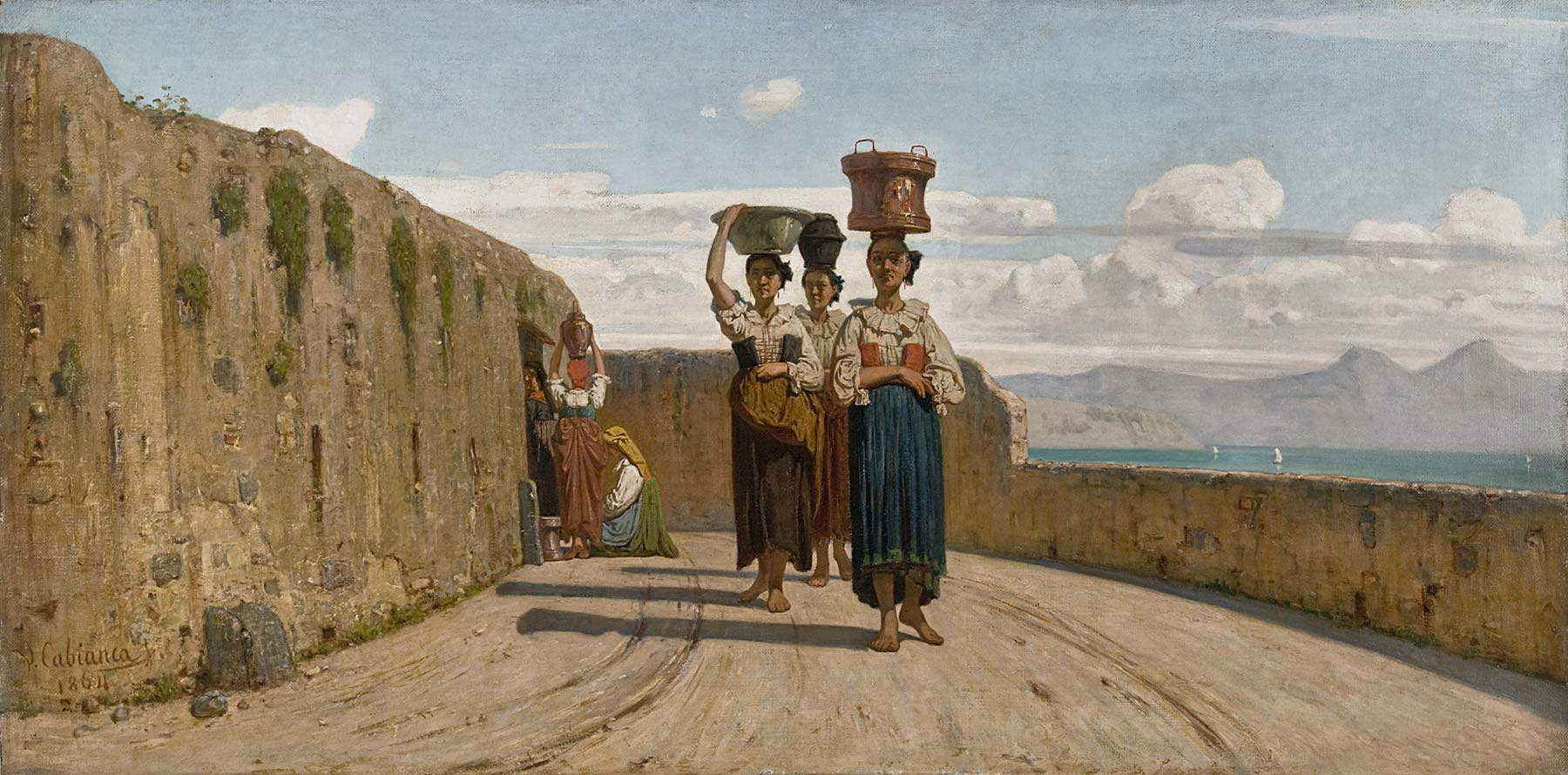 Vincenzo Cabianca, Acquaiole della Spezia (1864; oil on canvas, 60 x 127 cm; Private collection) Courtesy of Butterfly Institute Fine Art, Lugano
Vincenzo Cabianca, Acquaiole della Spezia (1864; oil on canvas, 60 x 127 cm; Private collection) Courtesy of Butterfly Institute Fine Art, Lugano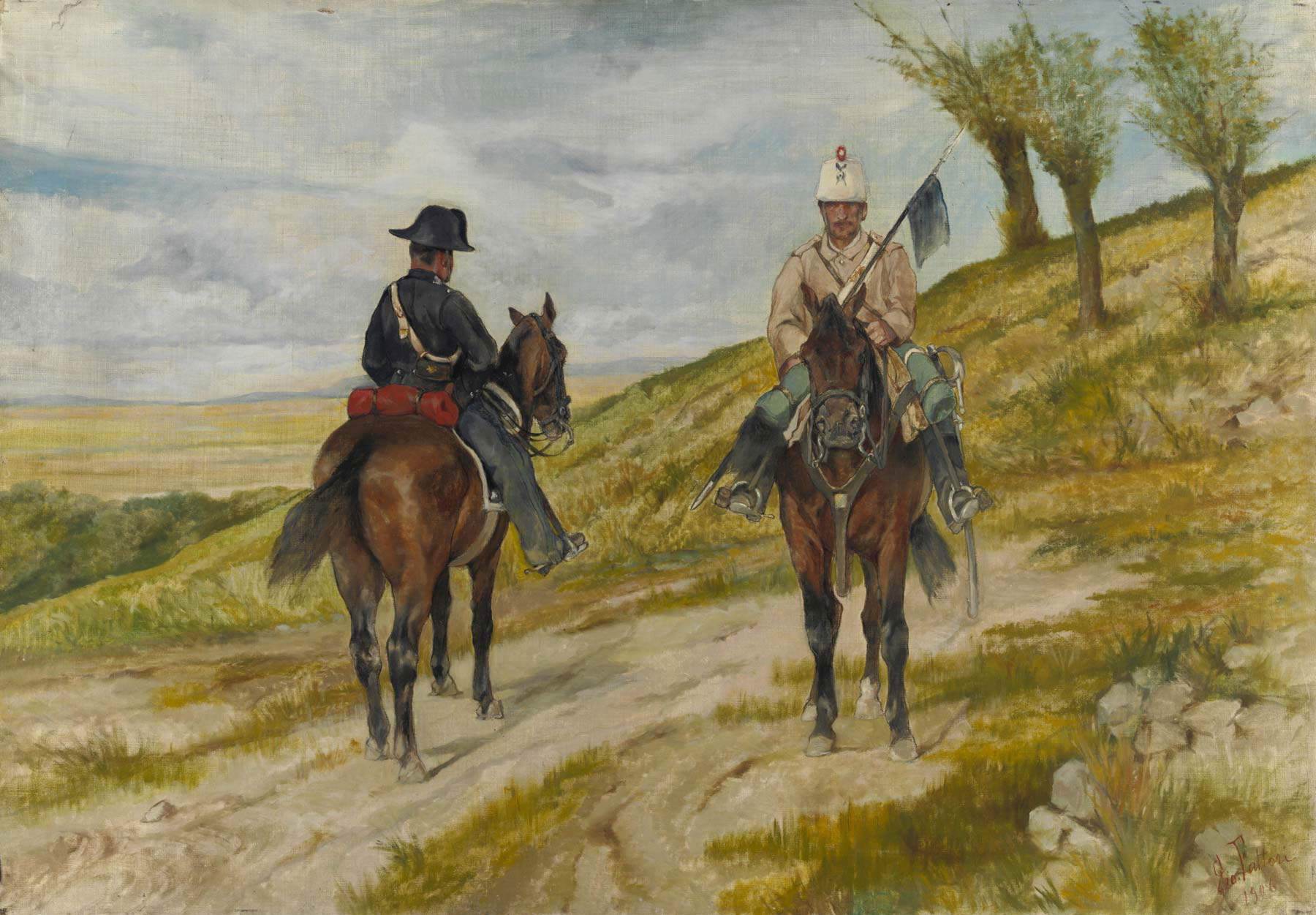
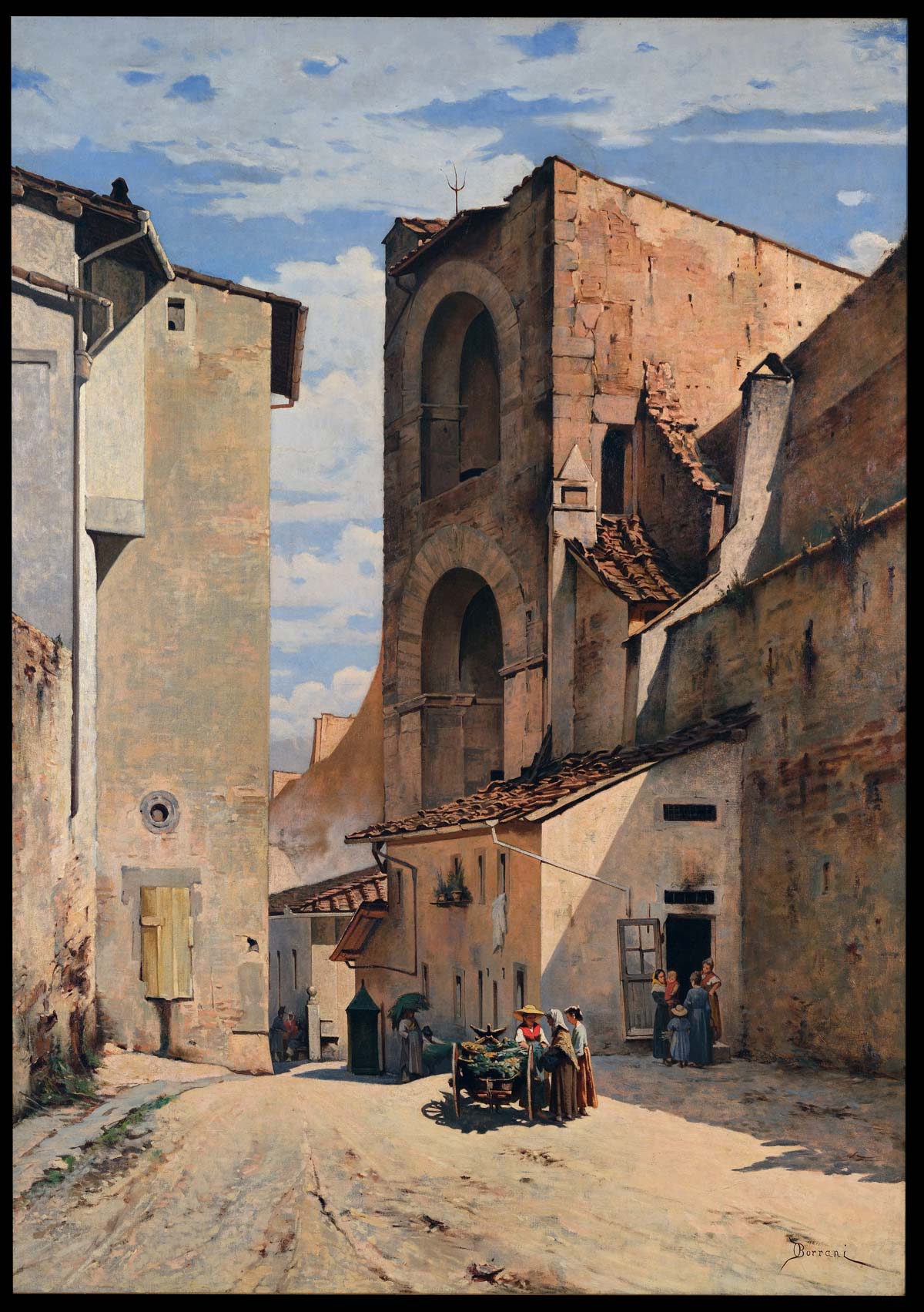


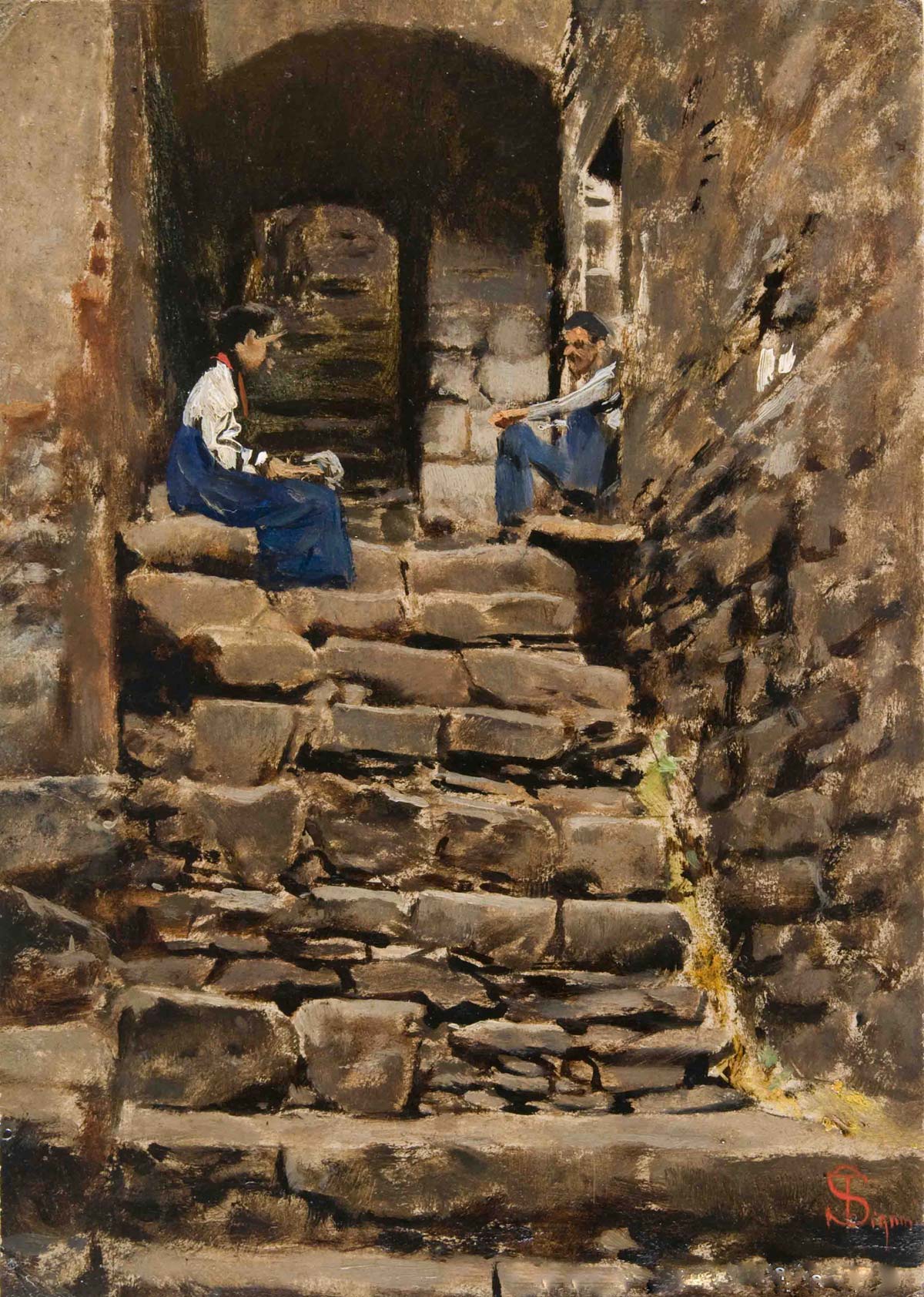
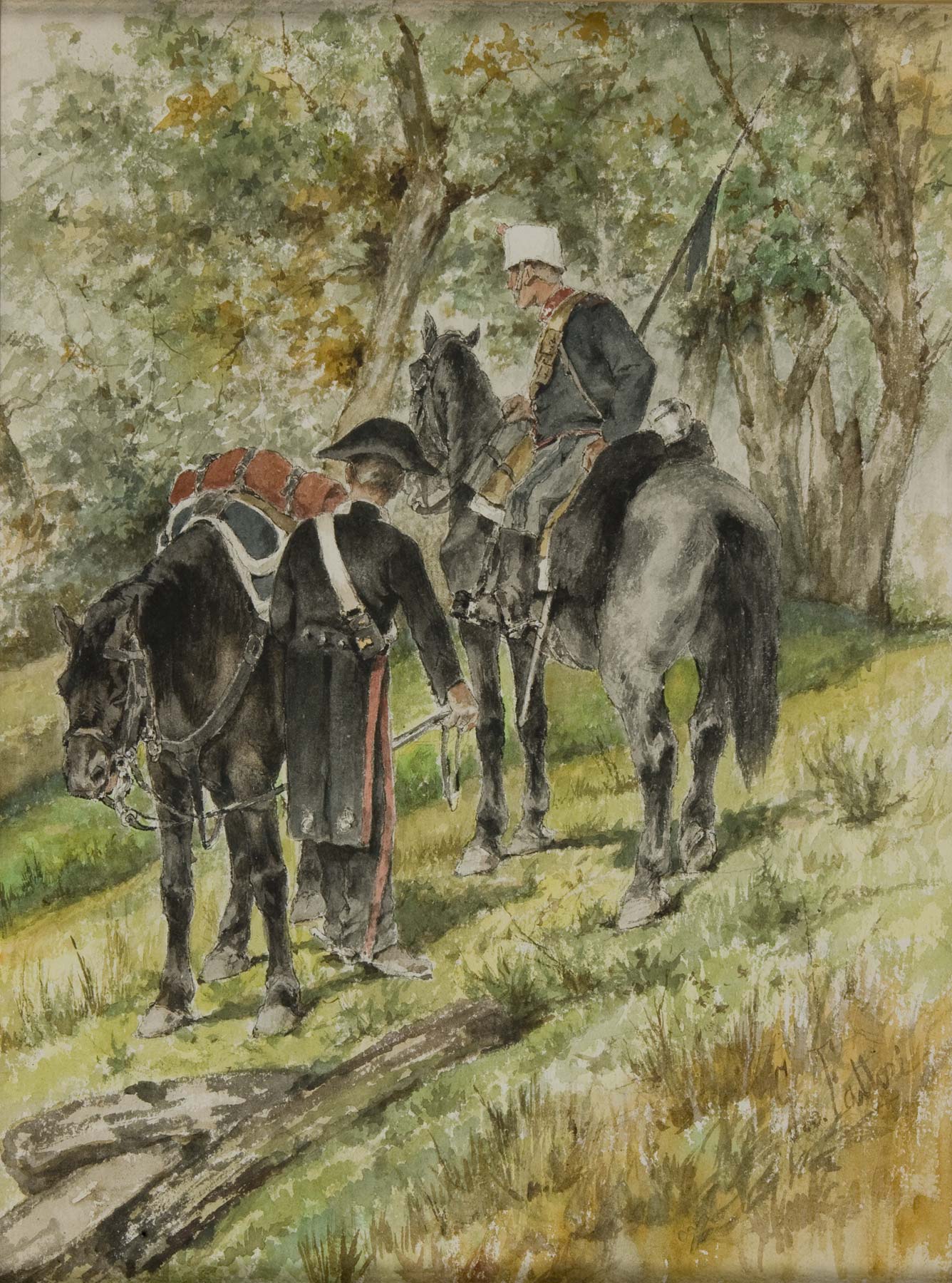

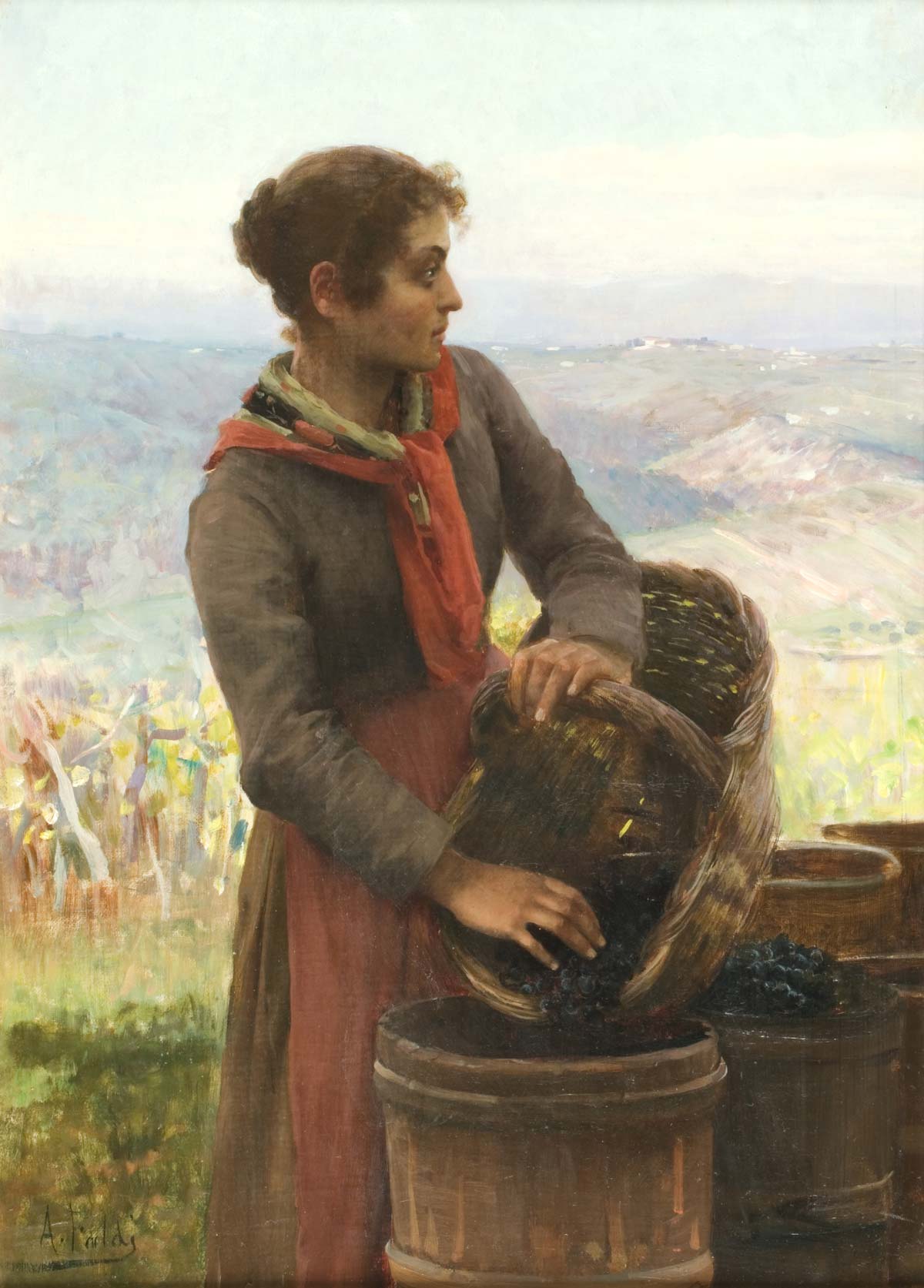
The artist, subverting the rigid academic dictates to which all painting of the time was based, declared himself free to render with realist immediacy what his eye perceived in the present, as conceptualized by the group’s theorists and critics Telemaco Signorini, Diego Martelli and Adriano Cecioni. The painters of the nineteenth-century avant-garde-at first meeting in the rooms of the Caffè Michelangelo in Florence and then in emblematic places such as Castiglioncello or La Spezia-between the mid-1950s and 1960s reformed the prevailing expressive lexicon, coining a revolutionary formal and luministic synthesis, earning for this the (derogatory) appellation of “macchiaioli.” In the following decades, a further, slow and profound transformation of that language took place, modifying the native principles and cultural references that had animated the initial reform: as in the rest of Europe, a peculiar naturalist strand blossomed in Tuscany as well, whose compositional metrics drew on different philosophical and stylistic prerogatives, through which the narrative and descriptivist vein was recovered.
Most of the artists active in Tuscany between 1875 and 1885, adhered to these new researches, no longer exasperated by violent luminous contrasts nor by the neo-fourteenth-century formal abbreviations of the first hour, comparing themselves with the novelties produced in the European sphere by Realism and Impressionism. They sensed the literary emotionality of the experimental novels of Zola and Verga and the hovering of the new naturalist sensibility, forming a true school that was able to marginalize the vapid effects brought by Frenchist tendencies. They molded an entirely original and immediately recognizable stylistic signature, resting on the strict formal tightness of the drawing and on the punctual shooting from life of the luministic values of the subject, usually with a naturalistic or social background, pertaining to contemporaneity, country or middle-class life.
In the process of social evolution that accompanied the nineteenth-century community, art, freed from the obligations of noble or royal patronage, assumed the burden of representing reality as it as it presented itself to the eyes of the artist, who was called by a common sense of Risorgimento civic duty and patriotic love to photograph the lives of the most deprived classes, often engaged in the hard work of the fields or in the humblest ones in the cities. The regional and national pictorial language opened up to international suggestions, renewing itself and yet maintaining full awareness of its roots, which were well rooted in ancient and Renaissance artistic culture. In the second half of the century, the artist looked to the fu turo by confronting the past and the slow times of the flow of life of the rural and provincial civilization. Such social spheres became the subject of compositions with strong sculptural references, characteristic of the pictorial procedure of the Macchiaioli, who showed themselves “at an organized review,” ingenious interpreters of the passage: the entirely new and experimental technique of “Macchia” distinguished them. A language that, despite extreme formal synthesis, does not reduce the punctuality of silhouette and drawing.
“I, for my own part,” wrote Fattori , “removed from knowing how to write a little, I was perfectly ignorant and I have, thank God, preserved myself [...] only art was upon me without knowing it, nor do I know it yet.” The Macchiaioli then as identity interpreters of the positivist tastes and philosophies of an era, with its different and contrasting lifestyles: one sober and reflective, tied to the values, even moralistic Risorgimento values, of the small Italian provinces, and the other lived under the banner of unconditional trust and hope in progress.
At the Revoltella Museum, works such as Bambino a Riomaggiore (1894-95) and Solferino (1859) by Telemaco Signorini, Mamma con bambino (1866-67) by Silvestro Lega, Fanteria italiana and Tramonto in Maremma (1900-05) by Giovanni Fattori and Bambino al sole (1869) by Giuseppe De Nittis next to Signore al pianoforte (1869) by Giovanni Boldini will be on view, among many others. On the occasion of the exhibition, one can visit with a single admission ticket the Revoltella Museum, Trieste’s Gallery of Modern Art, which this year celebrates 150 years since its opening with the major exhibition Sculpture in the Collections of the Revoltella Museum. From Canova to the 21st Century, an itinerary that enhances the extraordinary sculpture collection held by the Museum (which has more than 200 pieces). The exhibition is accompanied by a catalog published by Skira. On display are works by Giuseppe Abbati, Cristiano Banti, Stefano Bruzzi, Giovanni Boldini, Luigi Bechi, Odoardo Borrani, Vincenzo Cabianca, Adriano Cecioni, Eugenio Cecconi, Nino Costa, Vito D’Ancona, Giuseppe De Nittis, Arturo Faldi, Giovanni Fattori, Ruggero Focardi, Luigi Gioli, Silvestro Lega, Giuseppe Magni, Ugo Manaresi, Ruggero Panerai, Antonio Puccinel li, Raffaello Sernesi, Filadelfo Simi, Telemaco Signorini, Raffaello Sorbi, Ludovico Tommasi, Angiolo Tommasi.
The exhibition is open daily, except Tuesdays (closing day), from 9 a.m. to 7 p.m. (ticket office closes one hour before). Special openings: Dec. 8, Dec. 24 (until 2 p.m.), Dec. 26, Dec. 31 (until 2 p.m.), Jan. 6, April 9 and April 10. Closed on Christmas and New Year’s Day. Tickets (including audioguide): 16 euros full, 14 euros reduced (for over 65s, children 12 to 18, law enforcement, the disabled, journalists, Arthemisia card holders, Municipality of Trieste employees, Generali employees and agents and Generali customers holding nominal Dem, groups 7-20 people), reduced 7 euros for children 6 to 11 years old, reduced school groups 6 euros, reduced Trenitalia 8 euros (for customers with Frecce tickets arriving in Trieste up to two days before the exhibition). Free for children up to 6 years old, one accompanying person for each group of adults and two accompanying persons for each school group, ICOM members, accompanying person for differently abled with necessity, invitation coupon holder, Arthemisia Vip Card holder, on-duty journalists, tour guides, “Trieste gives you the Great Exhibitions” coupon holders. For info: https://www.triestecultura.it.
<
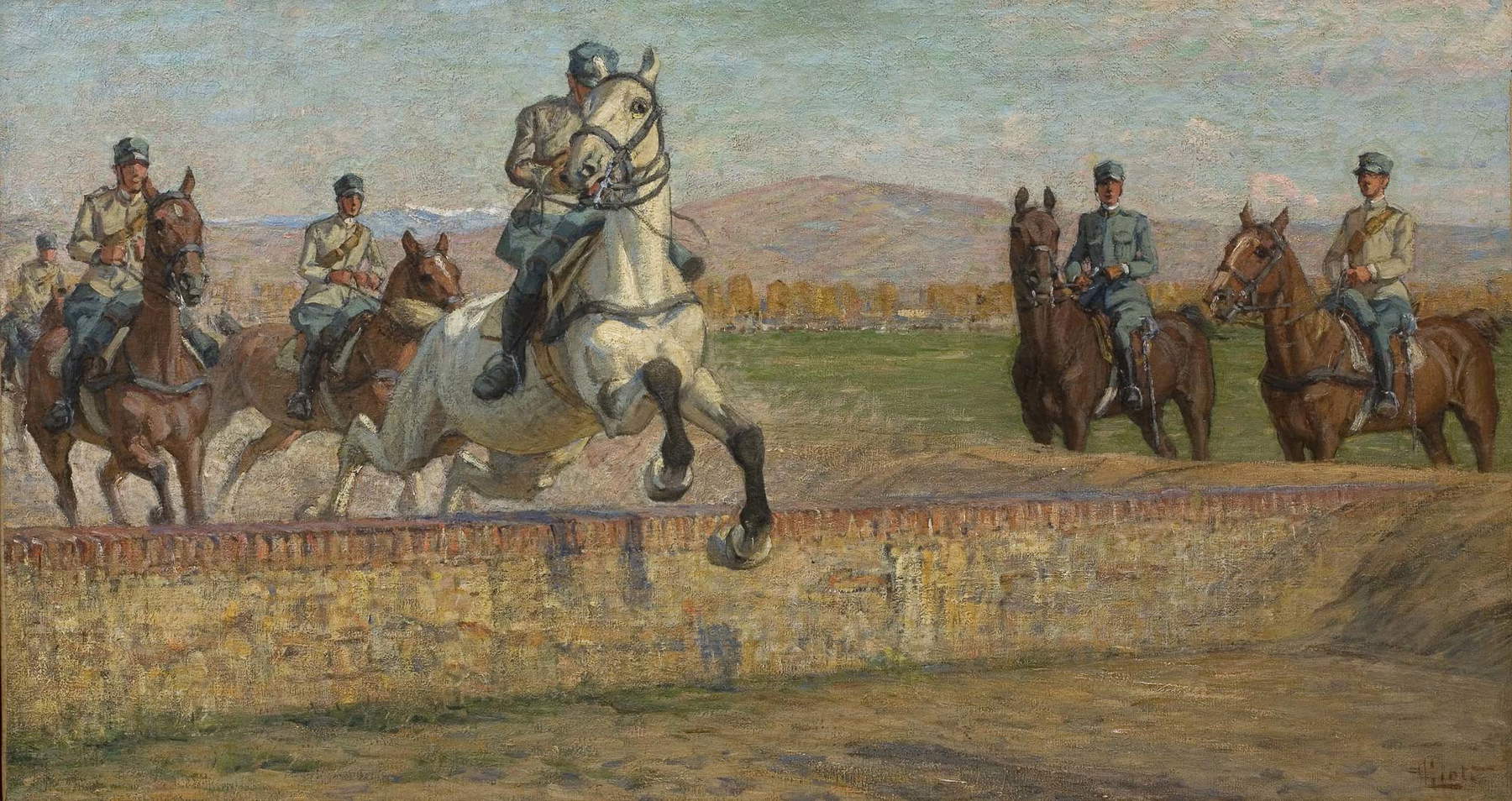
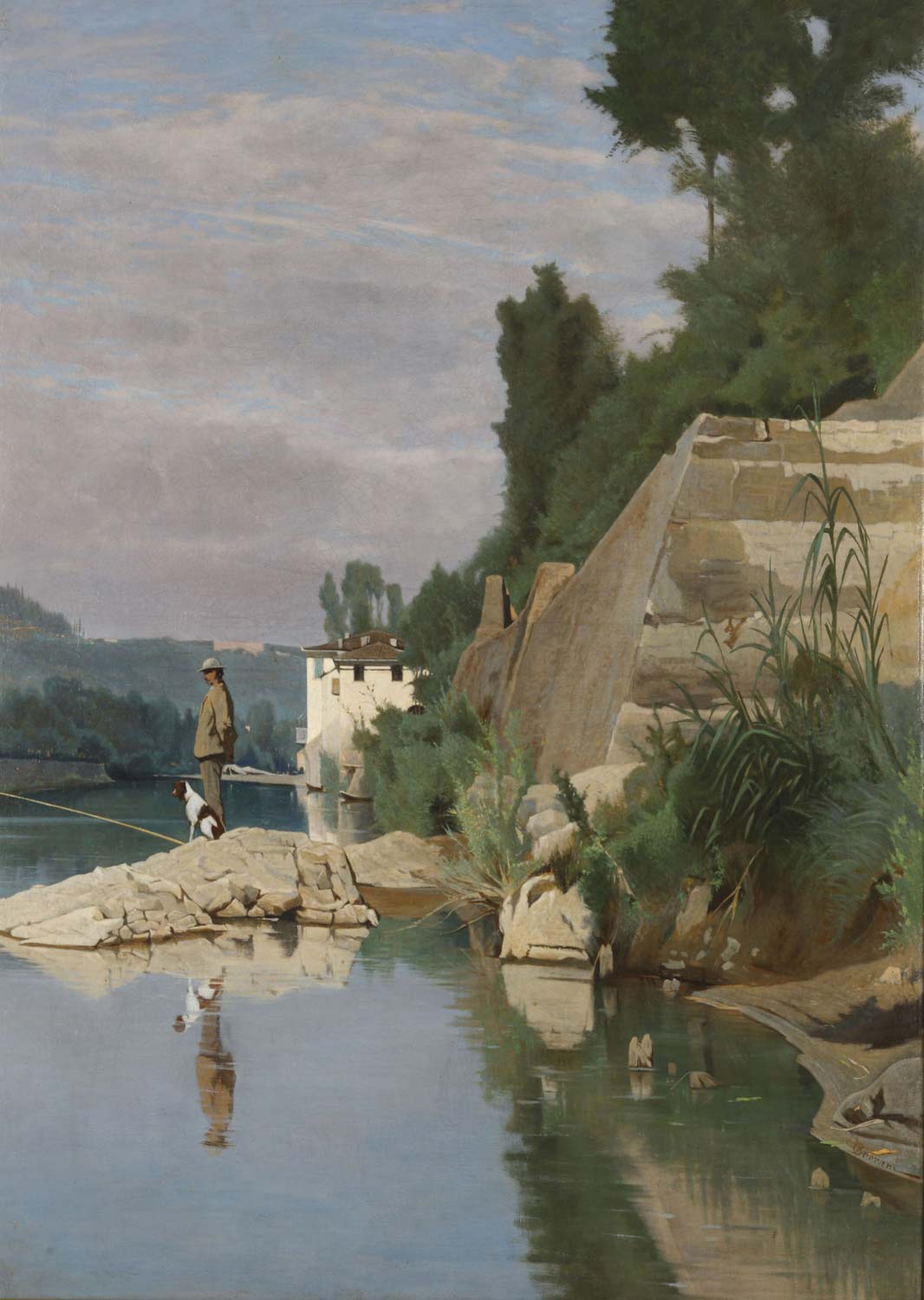
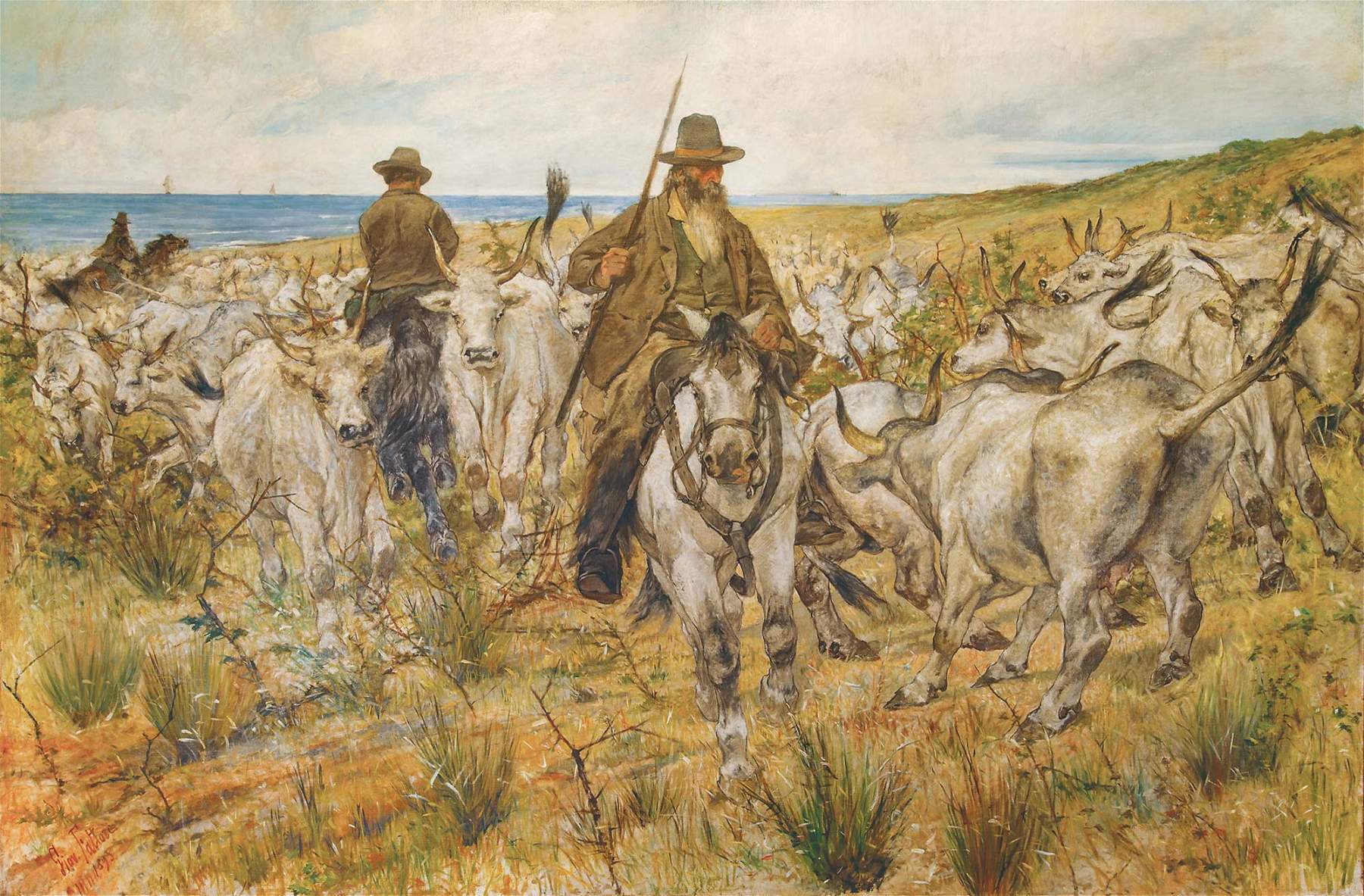
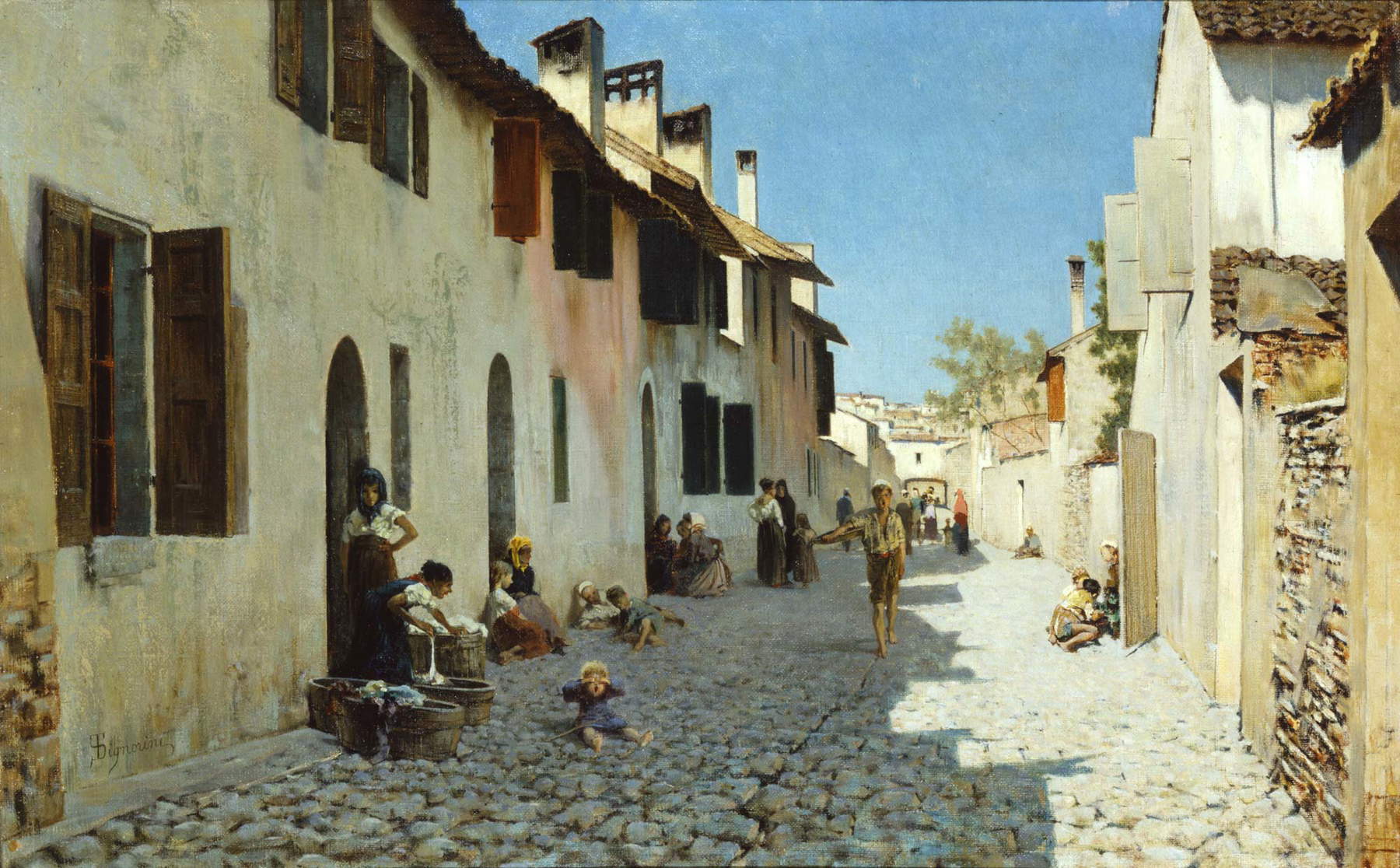

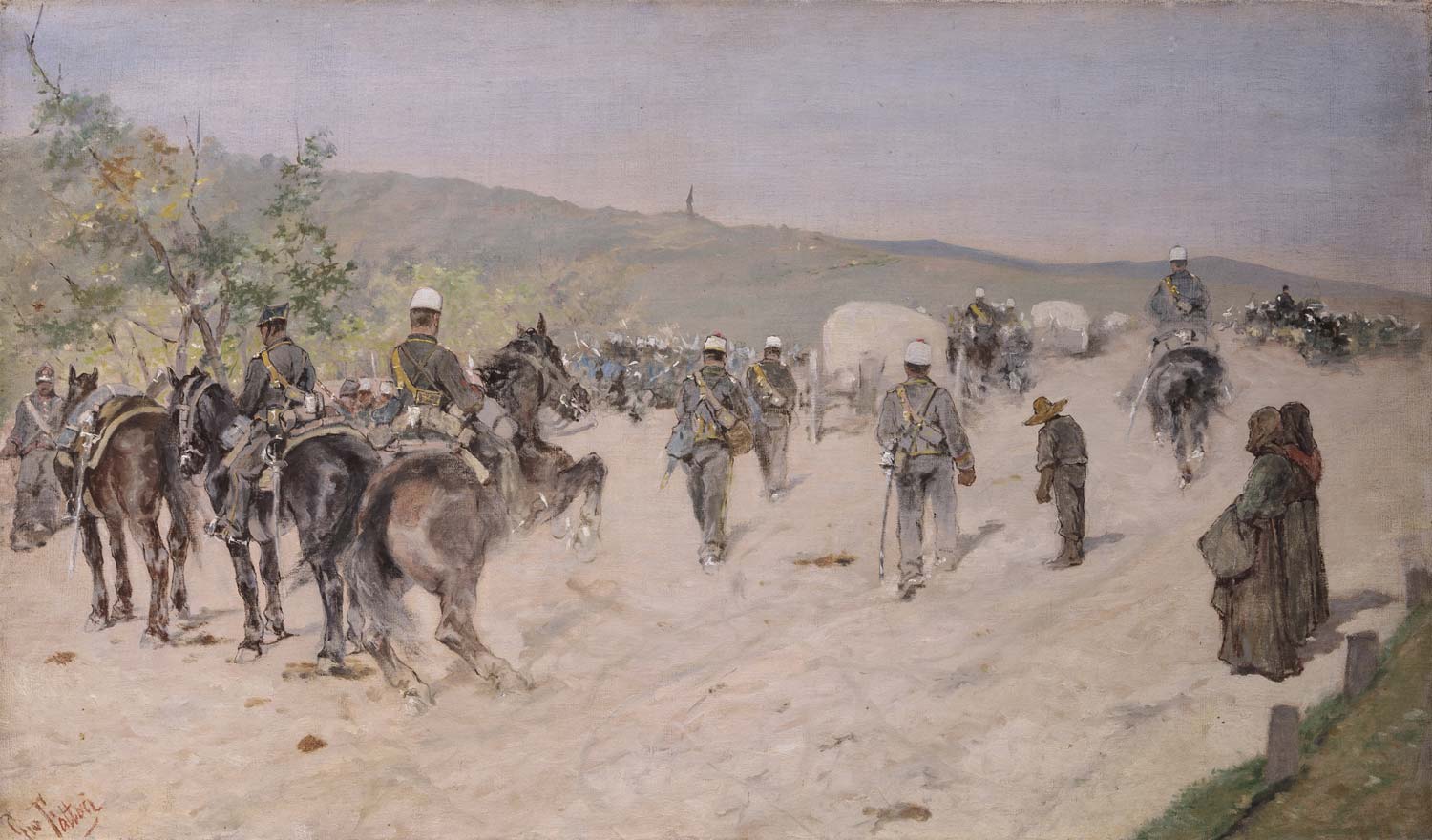
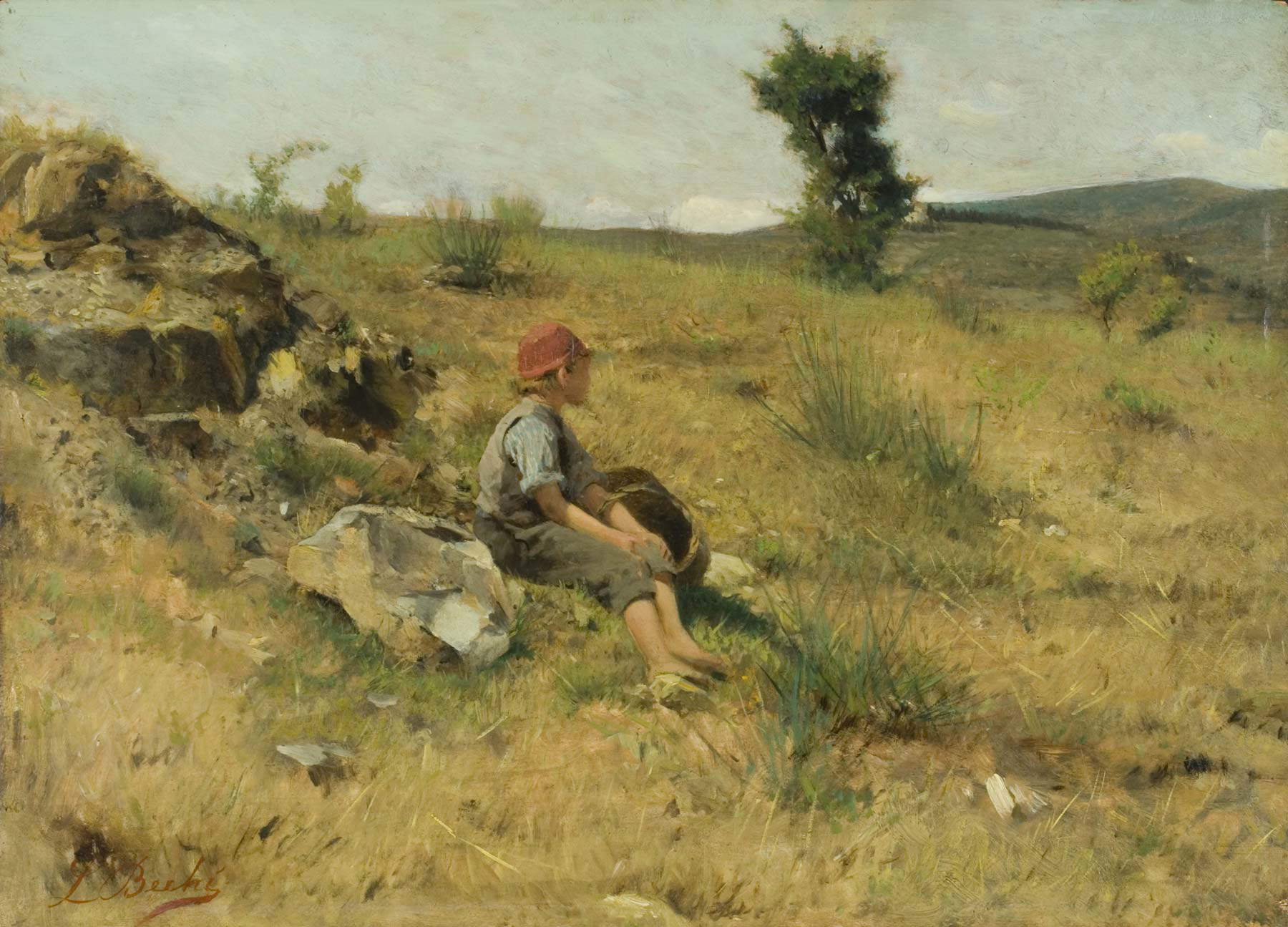
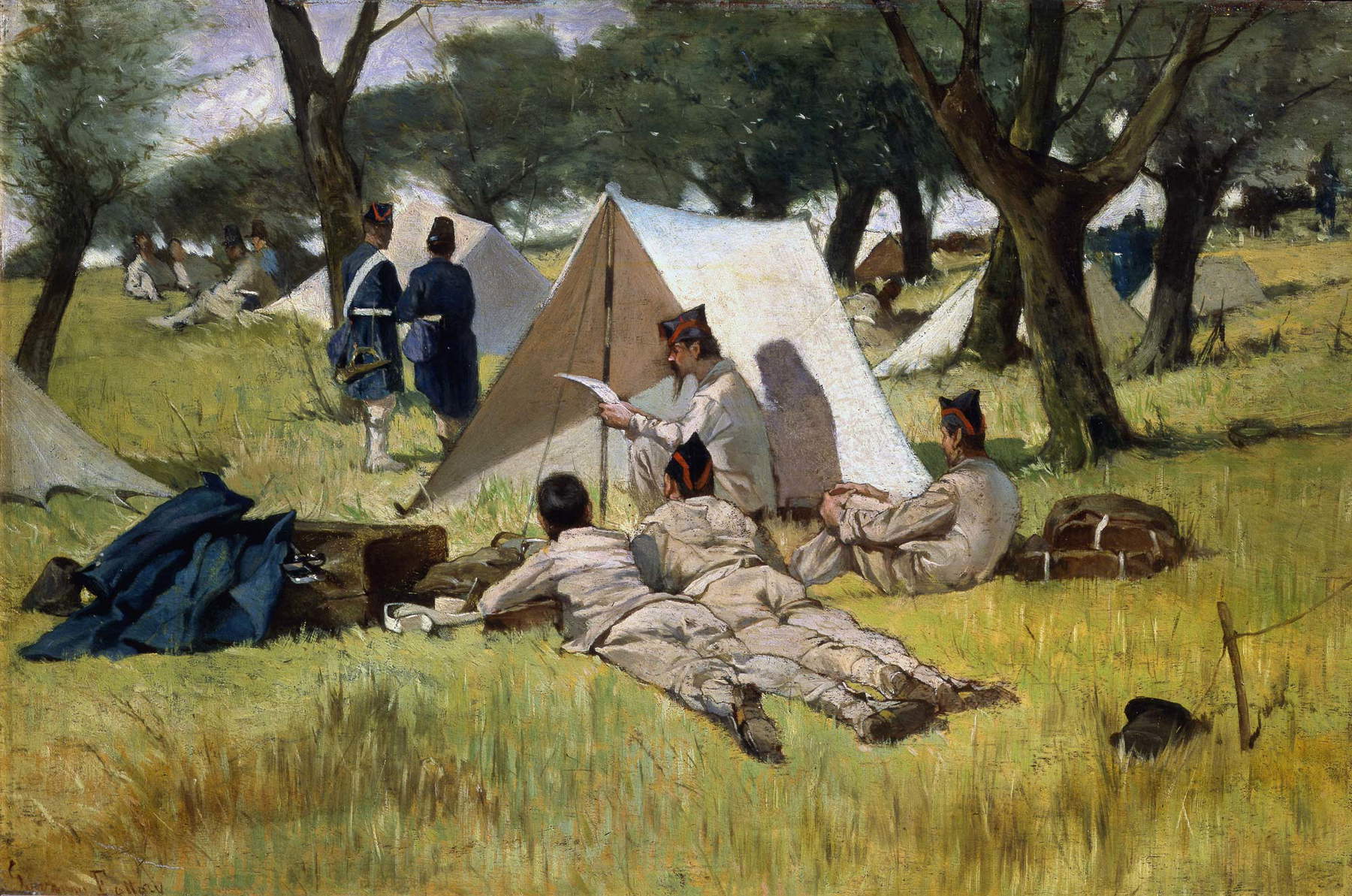

 |
| Trieste, at Revoltella Museum an exhibition on the Macchiaioli with more than 80 works |
Warning: the translation into English of the original Italian article was created using automatic tools. We undertake to review all articles, but we do not guarantee the total absence of inaccuracies in the translation due to the program. You can find the original by clicking on the ITA button. If you find any mistake,please contact us.